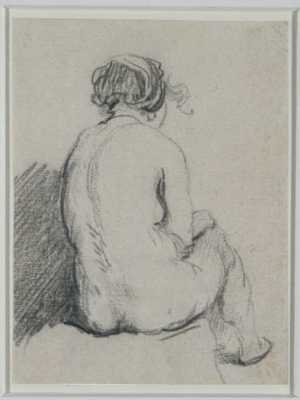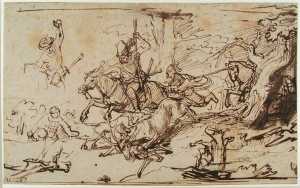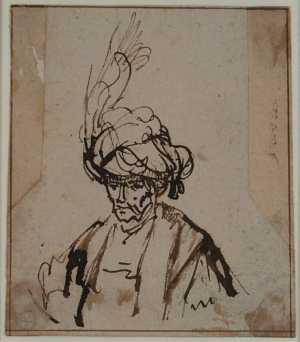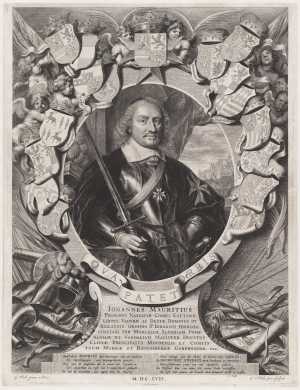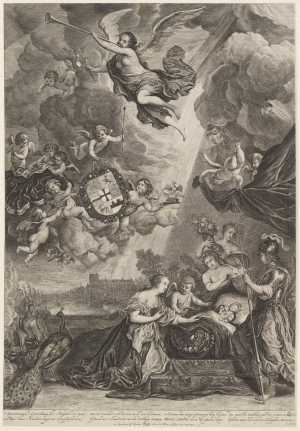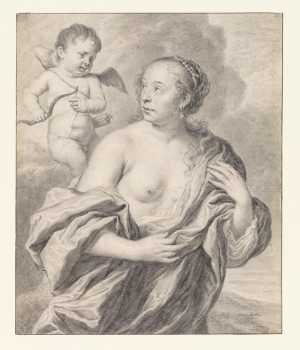Govert Flinck, a pupil of Rembrandt, was much in demand as portrait painter, but had the ambition to paint large historical works. When the new city hall was built in Amsterdam (it is now the Dam Palace), Flinck was asked to produce large historical works for the interior. Flinck, however, died in 1660, before he had even started on the commission. The commission was subsequently divided among several other artists, including Rembrandt.

Govert Flinck
Kleef 1615 - Amsterdam 1660








